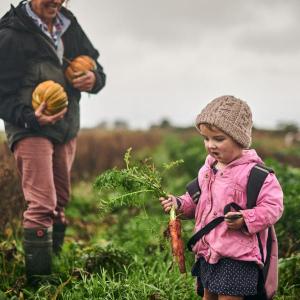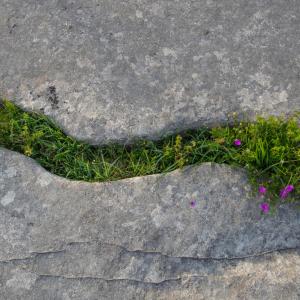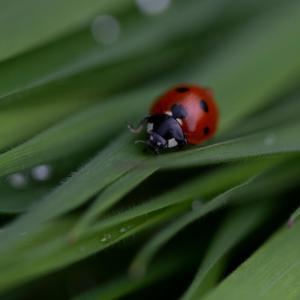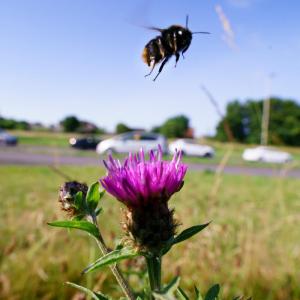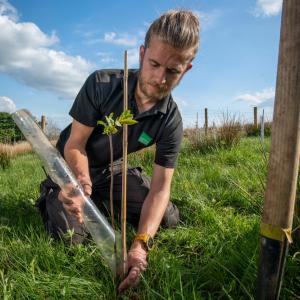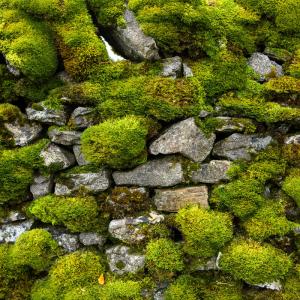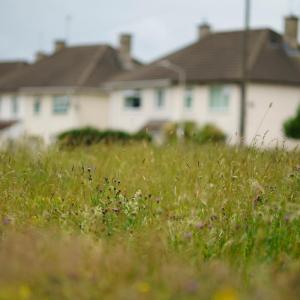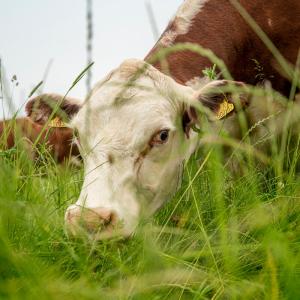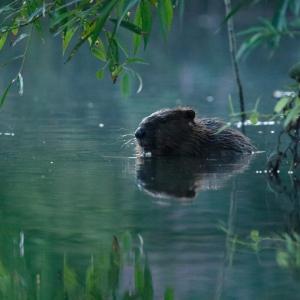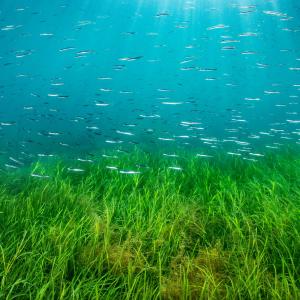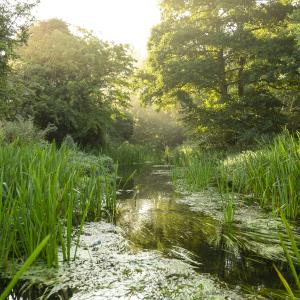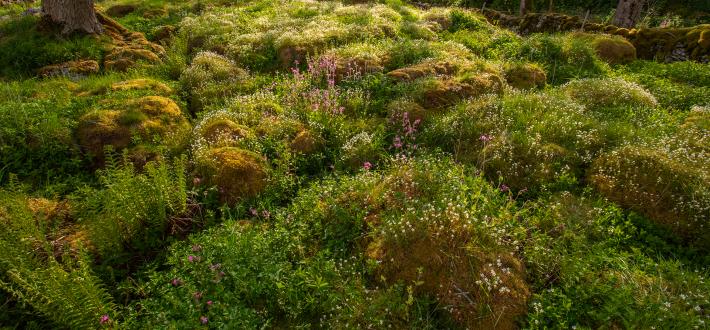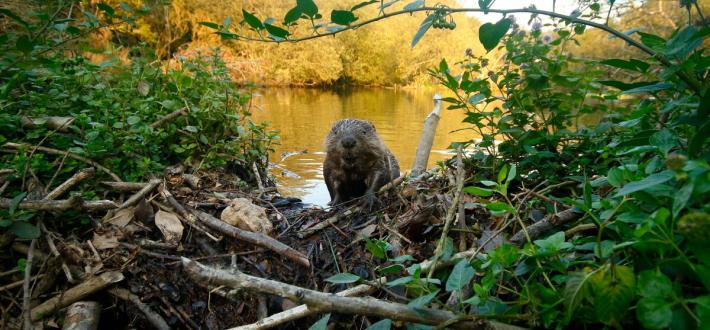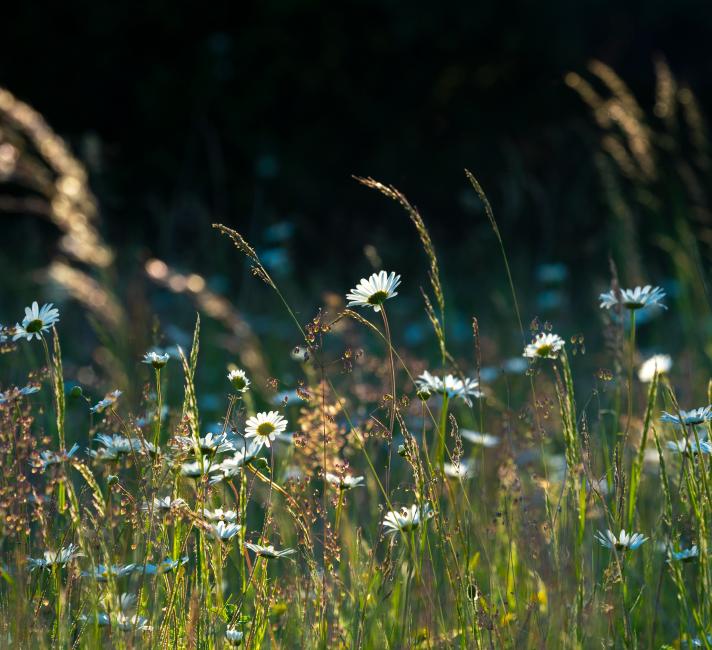
Rewilding
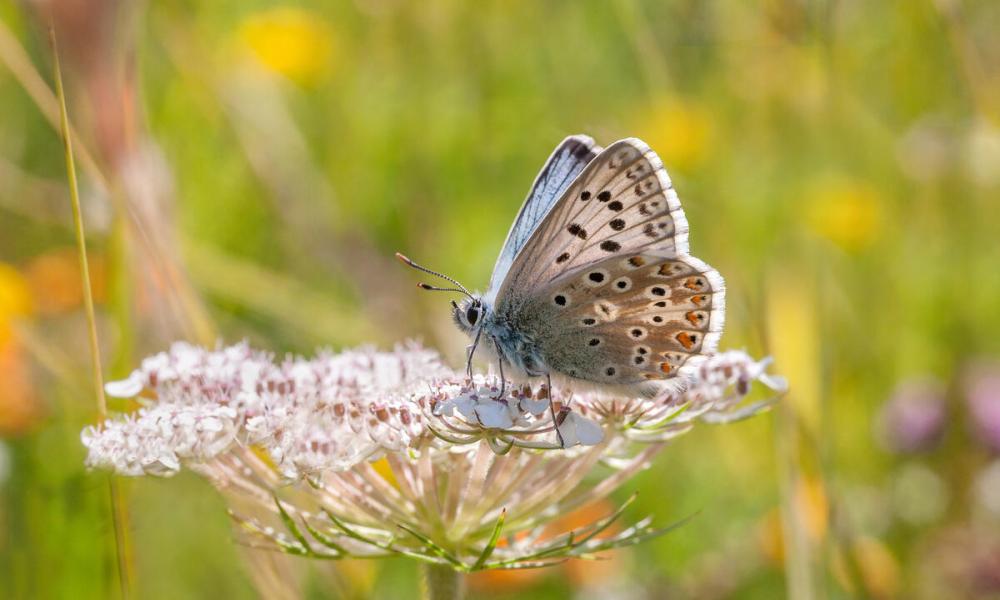
What is rewilding?
What is rewilding?
Rewilding can mean a lot of different things. It ranges from not mowing grass verges, to restoring rivers, through to the reintroduction of wild species.
Rewilding generally involves letting nature take the lead. This is done by restoring natural processes and reducing human management.
We have written a report, ‘Bridging the divide: rewilding, farming and the triple challenge’. Based on consultation with farmers, it sets out how rewilding in the UK can co-exist with farming – contributing to tackling the nature and climate crises while helping meet the needs of people.
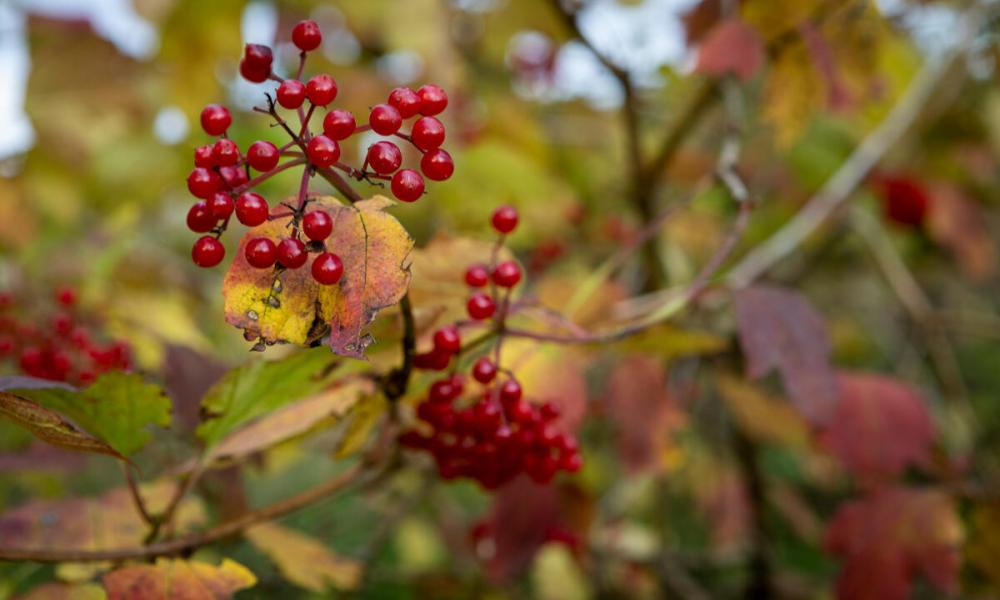
How is rewilding different from other types of conservation?
How is rewilding different from other types of conservation?
’Traditional’ conservation often focuses on protecting existing habitats and species. And nature restoration tends to have a clear idea of what the ‘end point’ of that restoration will be.
Rewilding brings new ideas to the conservation arena. Such as, more natural dynamism, reduced human management, and more uncertainty of outcomes.
Yet, there is a lot of overlap between rewilding and other approaches to nature recovery, especially in restoration.
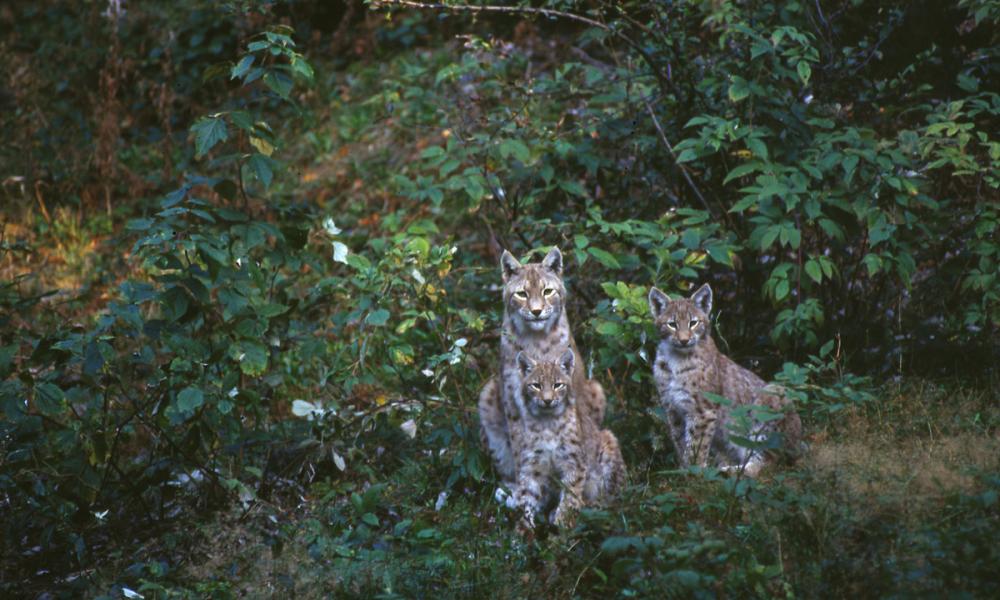
Why is rewilding controversial?
Why is rewilding controversial?
In the past few years, rewilding has been controversial in the UK for some different reasons. These have included:
- Concerns that rewilding might imply stopping farming and/or removing people from rural areas.
- A belief that rewilding represents an attack on traditional rural livelihoods and ways of life, especially livestock farming in upland areas.
- Concern that rewilding could represent a ‘colonial’ approach, with control of rural areas taken away from local communities, including through the acquisition of land by external organisations.
- Concern about forms of rewilding that promote the reintroduction of wild species, like wolves and lynx, which might not be welcomed by farmers.
- Opposition to the implication that ‘re’-wilding means returning to a particular point in the past, rather than moving forward into the future.
- Concerns that rewilding could impact food security and/or lead to off-shoring the environmental impacts of food production.
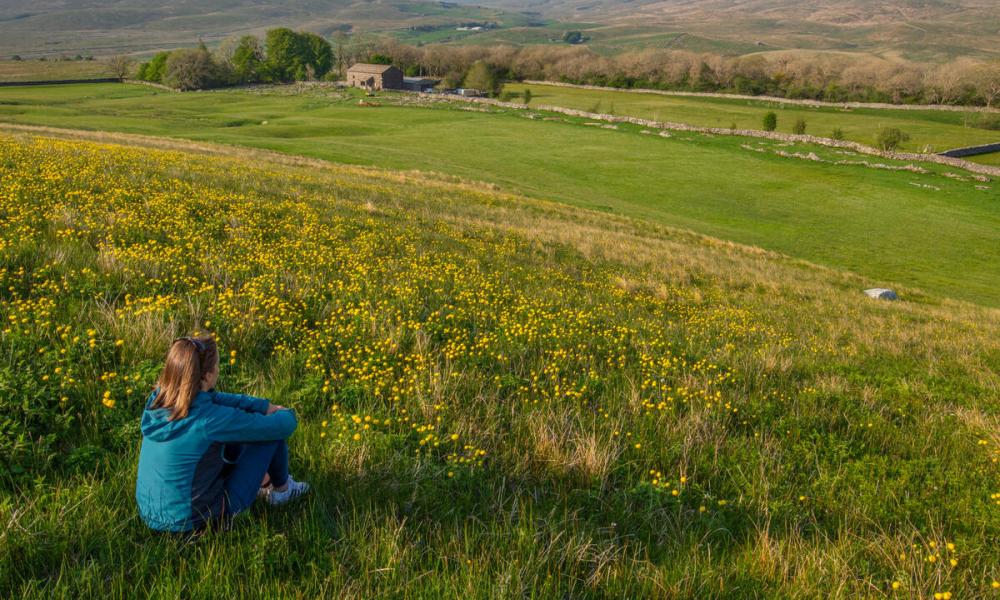
In some cases, these concerns have been made worse by rewilding projects that have not consulted well enough with local people.
WWF believes most concerns around rewilding can be resolved by ensuring local communities take the lead. Also, by avoiding an all-or-nothing choice by taking a spectrum-based approach.
There are sometimes compromises between managing land, rivers or seas for nature, climate and food production purposes. There will sometimes be genuine differences of opinion about the way forward.
We believe it is possible to mitigate potential conflict and find acceptable approaches that balance many needs. This is done by taking a reasonable, spectrum-based approach that puts people at the forefront of decision-making.
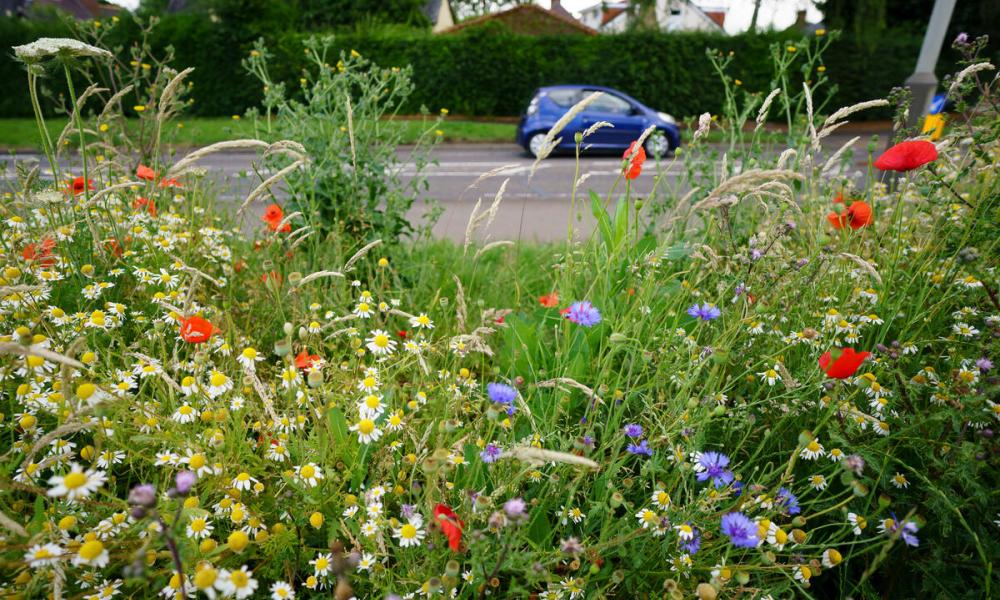
Why is rewilding important?
Why is rewilding important?
Rewilding is important because it has captured the imagination of a wide range of different people, and it continues to receive a lot of attention. It can be a powerful tool in our conservation toolkit, to help tackle the nature and climate crises.
Rewilding is powerful for many reasons, including:
- It reflects increasing scientific understanding that nature does not stay the same. Nature is dynamic and always changing. If we artificially prevent nature from changing, it will be less resilient. By supporting nature’s dynamic processes, rewilding increases the chances that nature will recover.
- It offers an optimistic vision for nature recovery. It challenges narratives that portray conservation as a losing battle against human destruction. Instead, it offers hope that we can bring nature back in a vibrant, positive future. This helps to engage more people with nature, which is essential for both nature and people.
Related projects
The following WWF projects use rewilding principles in a variety of ways:
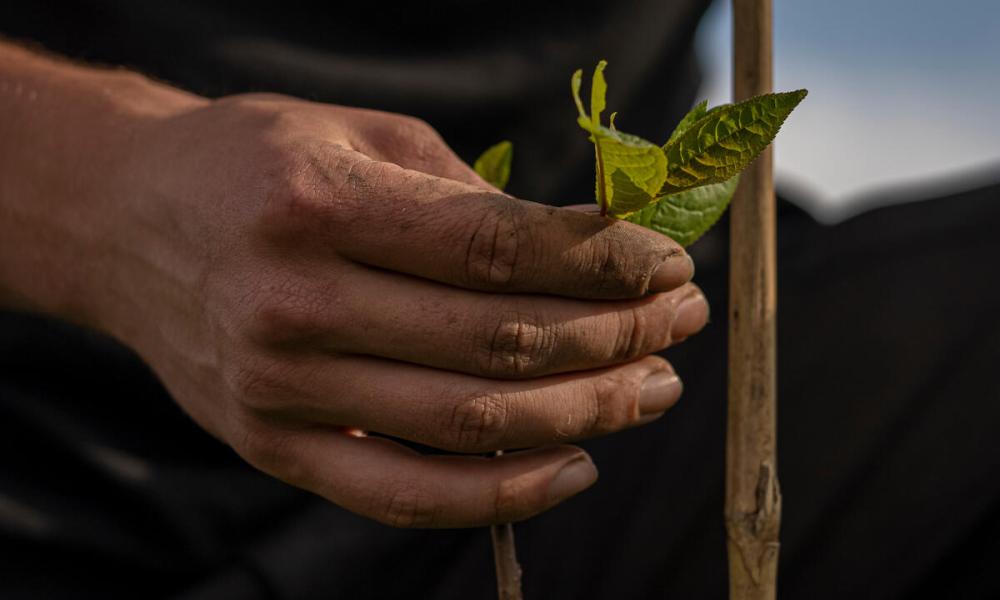
How can you get involved in rewilding?
How can you get involved in rewilding?
The idea of rewilding can offer a hopeful vision for nature recovery that everyone can be part of. Members of the public can engage with rewilding by:
- Thinking about how you might allow nature to take the lead in your garden or school. For example, by leaving patches of grass to grow.
- Thinking about how you might scale up what you are doing for nature. You could talk to your neighbours or join a local conservation group. Here, you can coordinate your activities on a greater scale.
- Keeping an open mind about what kind of results you might want to see. Nature may do something unexpected, celebrate what does happen!
But, remember that we live in a human modified landscape. There are a lot of habitats that exist because of past human management. For example, flower-rich grasslands. So, don’t assume that less human activity is good for nature. If you are in any doubt ask a local nature expert.
